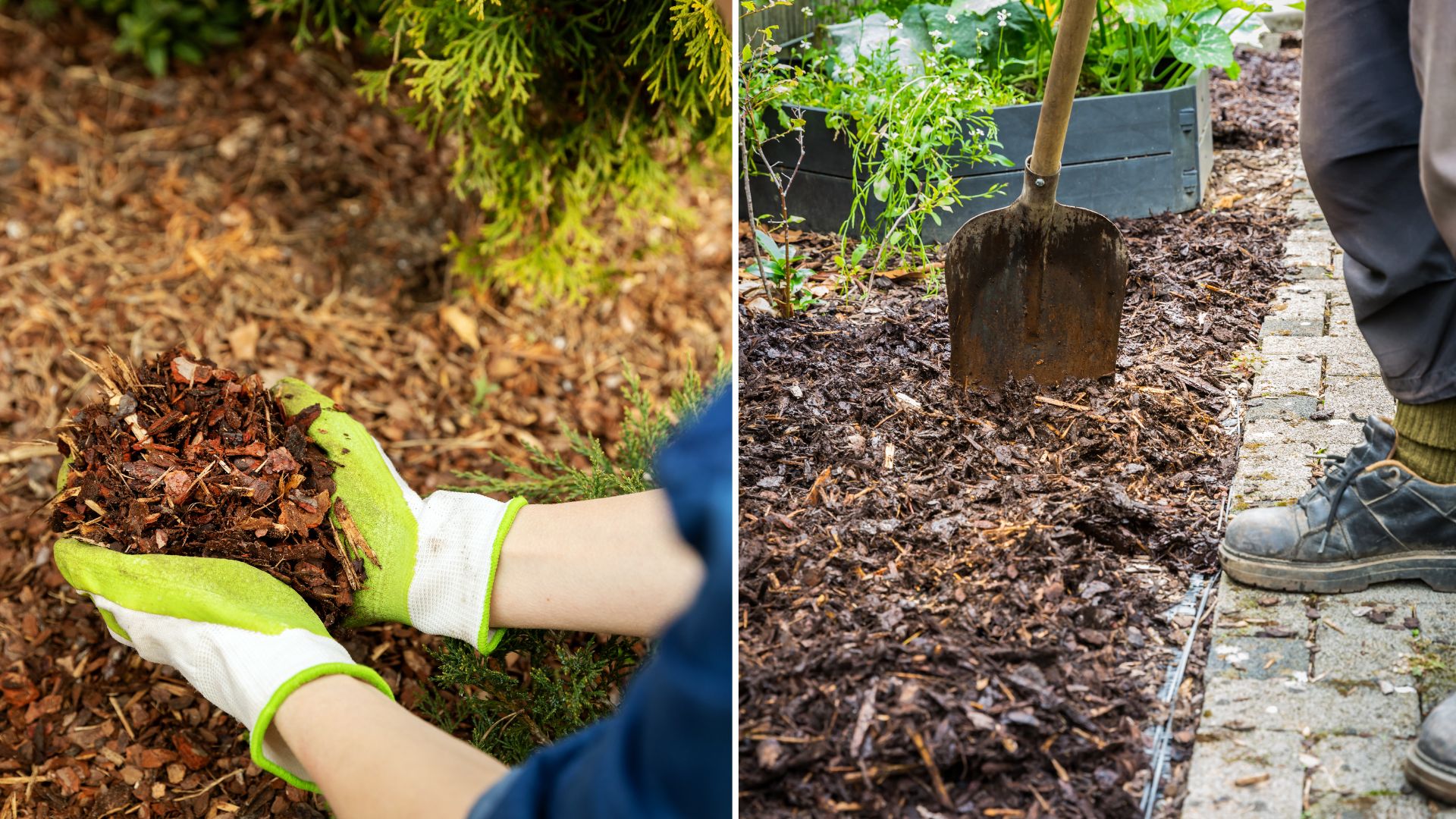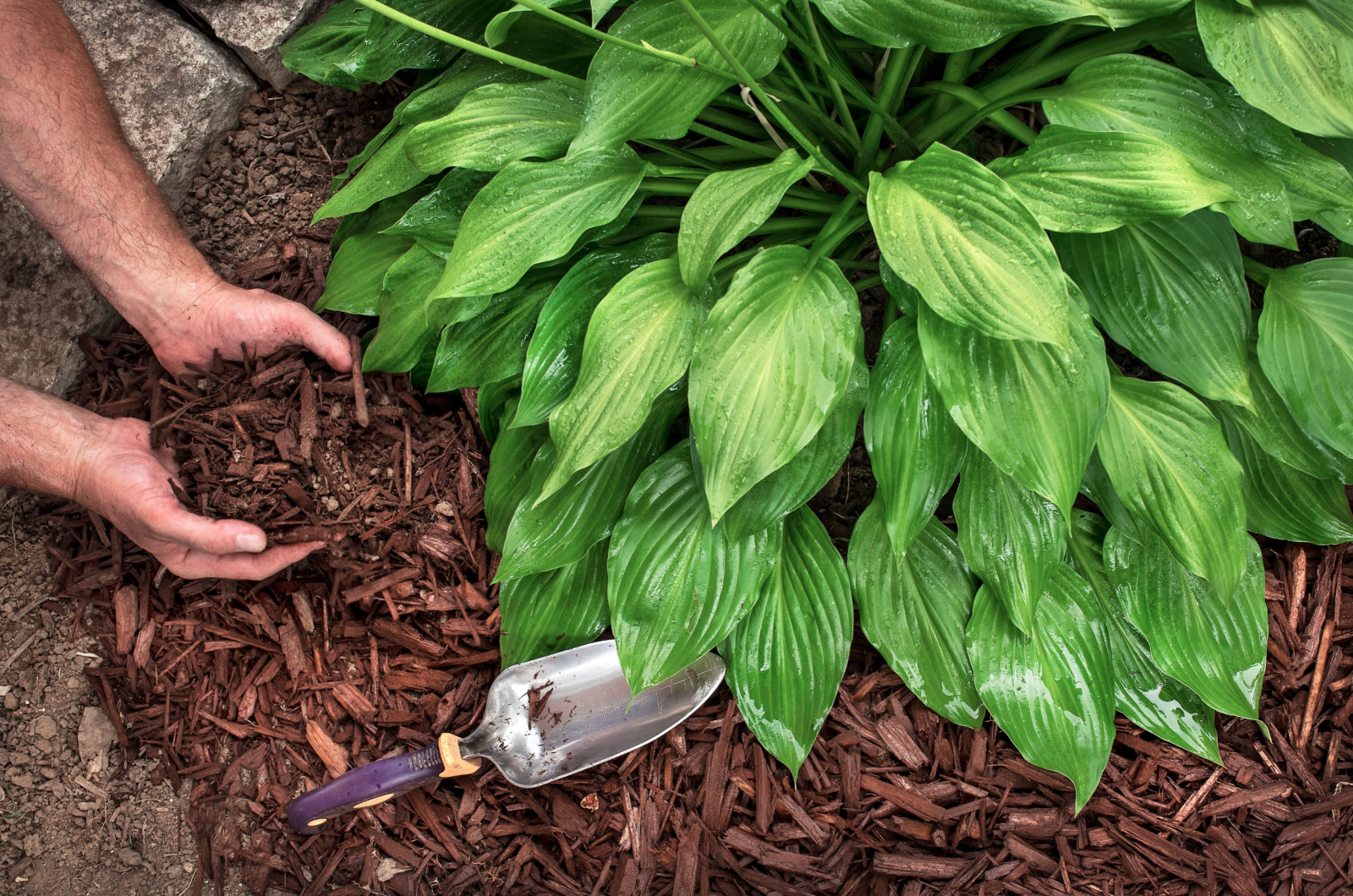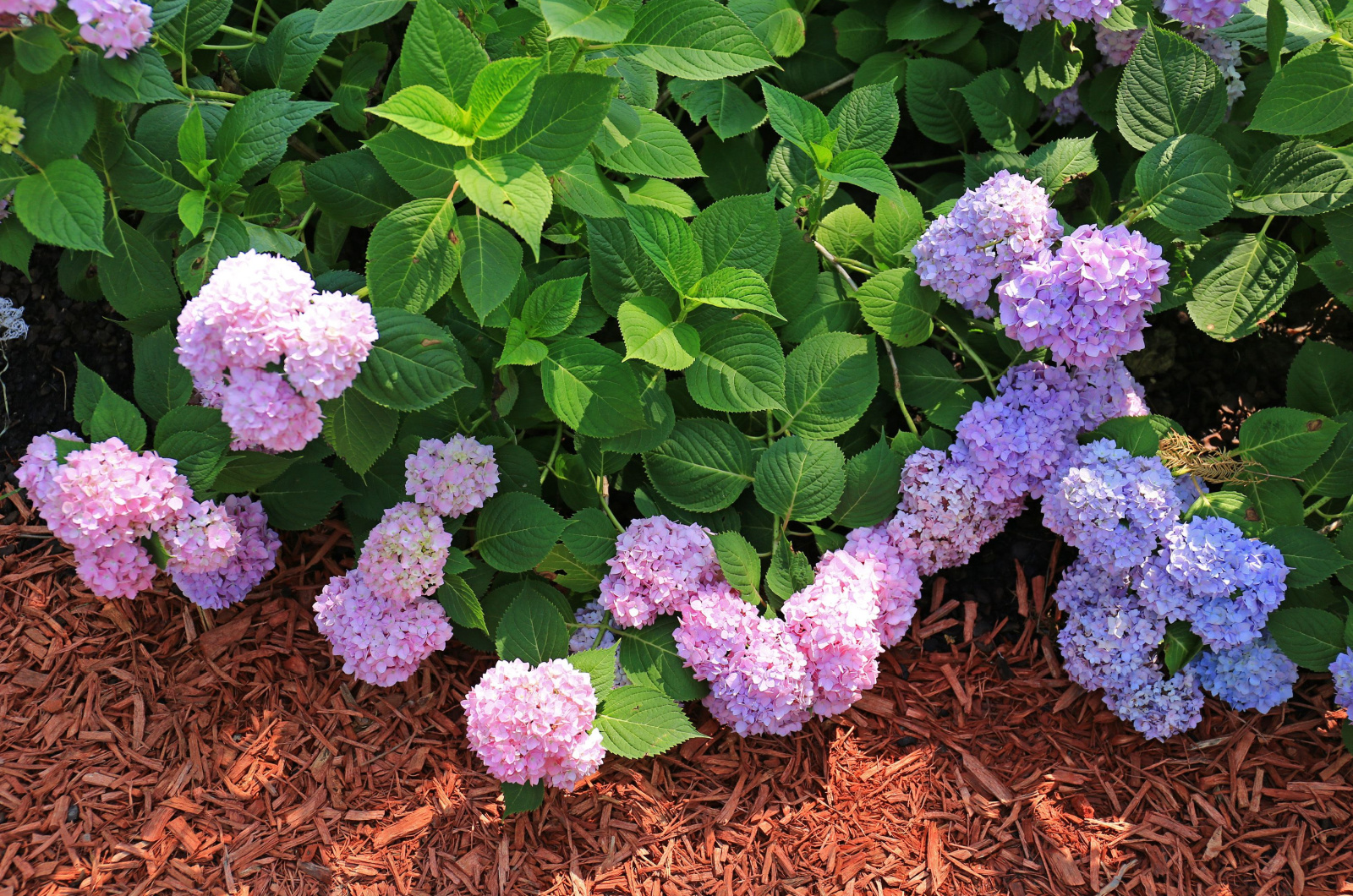The end of the summer is reserved for preparing our gardens for the winter months. We cut down our flowering plants, and some have started harvesting veggies and fruits.
Seasoned gardeners are aware of the benefits of mulching but many ask themselves when the best time to apply it is. Well, the best time is right now!
I’ll show you the reasons why you should mulch your garden in late summer, the best type of mulch to use, and which plant will get the most out of it.
Let’s get started!
Why Apply Mulch In Late Summer?
Why do gardeners mulch their flower beds and other areas in their gardens in the first place? The first reason is decoration because mulch adds a special touch of beauty to outdoor spaces.
The second, and more important reason, is the protection of plants.
Mulch fades or washes away by the end of the season which can be pretty unattractive when it comes to the landscape. After you add a layer of mulch, your garden will look neat and beautiful for more time.
Since mulching is the best weed prevention method in flower beds and gardens in general, we must reapply it if we don’t want these annoying plants to grow.
What Is The Best Type Of Mulch To Use In Late Summer?
When it comes to the materials gardeners use as mulch, the two most common are wood chips and bark.
It’s always better to go with natural mulch, such as one made from untreated wood chips or pine bark.
They’ll break up easily into the ground as the winter progresses and ensure nutrients for your garden because they don’t contain any chemicals, including dyes and herbicides.
Well, the type of mulch you choose mainly depends on your own preferences. If you’re using dyed mulches, you need to be aware that their color fades from sun and rain so reapplying them will add a pop of color to your garden.
The environmental factors will have the same effect over the winter so you’ll need to refresh the mulch again when the spring arrives.
Some garden owners remove the old mulch to make room for the new layer.
If you apply natural types of mulches to your garden, remember that they’ll break down pretty fast and release nutrients into the soil. But the best thing about this is that it will give your plants a good head start when the growing season begins.
Those who decide to plant spring bulbs should know that this method will ensure more protection and healthier growth.
Pay attention not to add too much mulch because it can have an adverse effect on your garden.
Plants That Benefit From Mulching In Late Summer
When choosing the areas in your garden where you’ll apply mulch, you can either add it to the entire area or to specific plants.
Some plants, such as roses, will respond better to mulch added at the end of the fall (pine straws work best).
On the other hand, there are some plant species, such as hydrangeas or hibiscus, that will benefit from a thin layer in late summer even though they’re still in the midst of their growing season.
If you’ve deadheaded or pruned back some of your perennials, they can still look beautiful with a layer of mulch. Yarrow, bee balms, and daylilies are just some of the examples.
Zinnias, sunflowers, dahlias, coleus, and cosmos are some of the annuals that also enjoy mulch applied in late summer.
Mulch applied before the fall will help your garden look amazing for the rest of the growing season and throughout the winter, but it will also ensure more well-needed nutrients!



